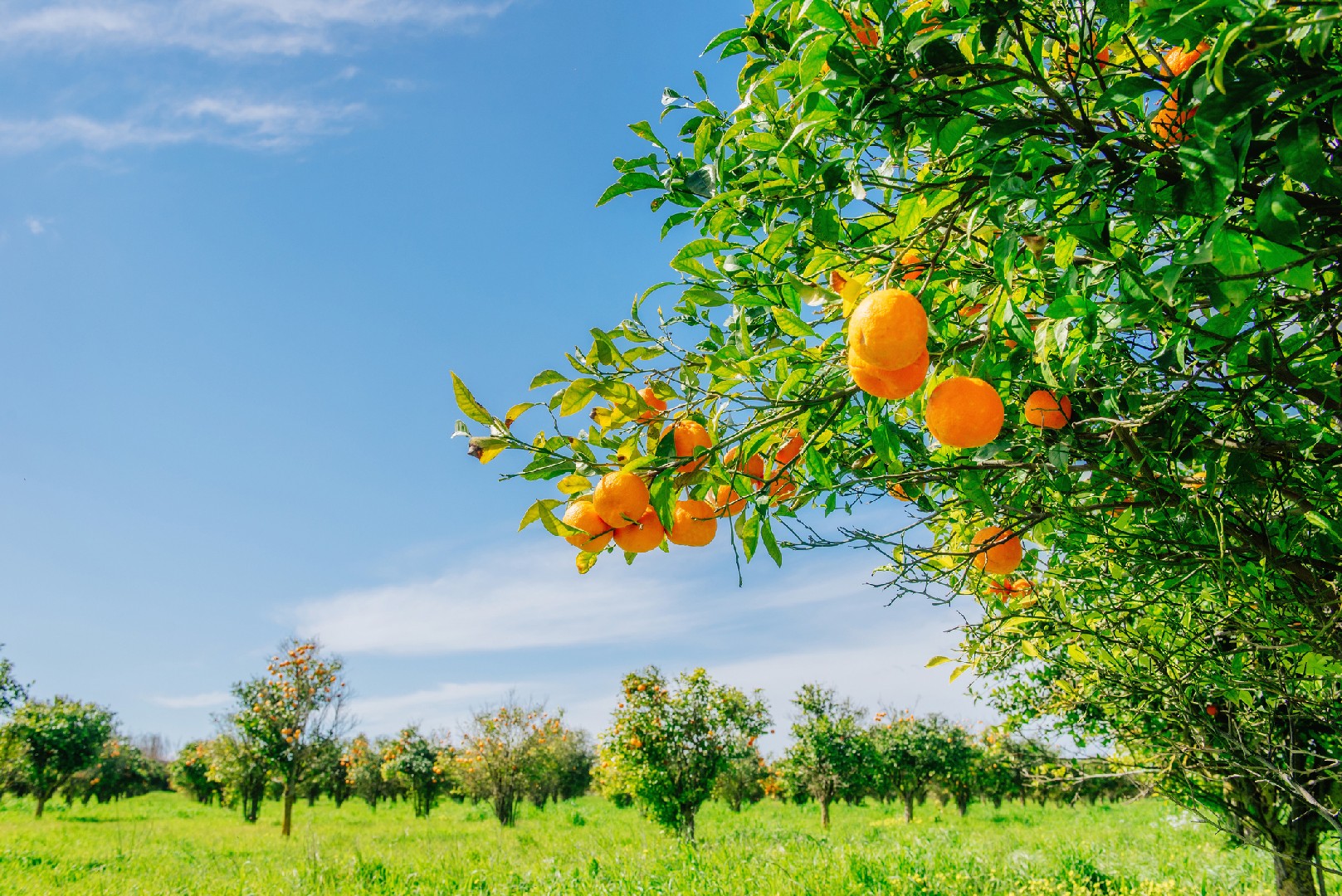![Rectangle]()
Planting and Caring for Citrus Trees in-ground
Are you ready to turn your gardening dreams into reality? Planting and caring for citrus trees in-ground is an exciting and rewarding journey that allows you to enjoy the beauty and bounty of citrus fruits right in your backyard. With the right techniques and knowledge, you can create a thriving citrus grove that will bring joy for years to come.
Site selection and soil preparation play a crucial role in the success of your citrus trees. It's important to choose a sunny spot for your grove, as citrus trees need at least 6 to 8 hours of direct sunlight each day to thrive. Look for a location that is sheltered from strong winds, as they can damage the delicate branches and blossoms. Well-drained soil is essential for citrus trees, as they don't tolerate waterlogged conditions. You can improve soil drainage by incorporating organic matter such as compost or well-rotted manure into the planting area.
When it comes to planting your citrus trees, proper technique is key. Start by digging a hole that is twice as wide and just as deep as the root ball of your tree. Gently remove the tree from its container or burlap and place it in the hole, making sure that the bud union (the swollen area where the tree was grafted onto the rootstock) sits just above the soil level. Fill the hole with soil, ensuring that there are no air pockets, and gently firm it around the tree. Remember to space your trees at least 10 to 15 feet apart to allow for adequate airflow and sunlight.
To give your citrus trees the best start, it's recommended to enrich the soil with compost and mulch. Compost provides essential nutrients and improves soil structure, while mulch helps retain moisture, suppresses weeds, and regulates soil temperature. Apply a layer of compost around the base of the tree, avoiding direct contact with the trunk, and cover it with a thick layer of organic mulch, such as wood chips or straw.
Proper care throughout the life of your citrus trees is essential for their long-term health and productivity. Water management is crucial, especially during the first few years when the trees are establishing their root systems. Aim to keep the soil consistently moist, but not waterlogged. Regularly check the moisture level by inserting your finger into the soil. If it feels dry below the surface, it's time to water.
Preventing diseases and pests is an important part of citrus tree care. Regularly inspect your trees for signs of disease, such as leaf discoloration or unusual spots. Prune off any affected branches and dispose of them properly to prevent further spread. Applying a natural fungicide or insecticide can also help control common pests and diseases.
Fertilization is another key aspect of citrus tree care. Apply a balanced citrus fertilizer, following the manufacturer's instructions, to provide the essential nutrients your trees need. Depending on the fertilizer formulation, you may need to feed your trees several times a year. Be sure to water the fertilizer into the soil thoroughly to prevent burning the roots.
With these methods and skills in your gardening arsenal, you're well on your way to growing a thriving citrus grove in your pots or plots. Remember to adapt your care routine according to your specific climate and citrus tree variety. Before you know it, you'll be enjoying the sweet taste of your very own homegrown citrus fruits.





